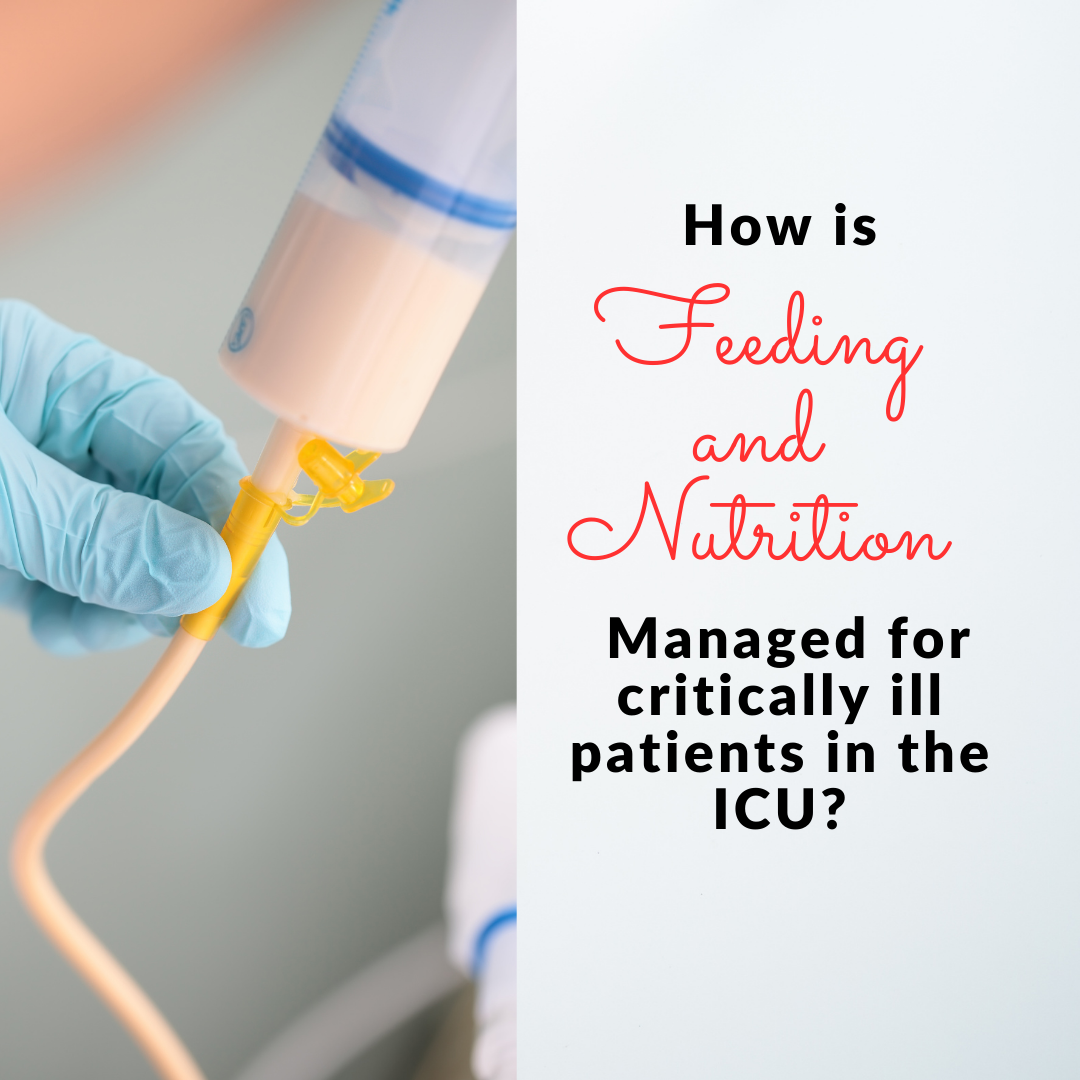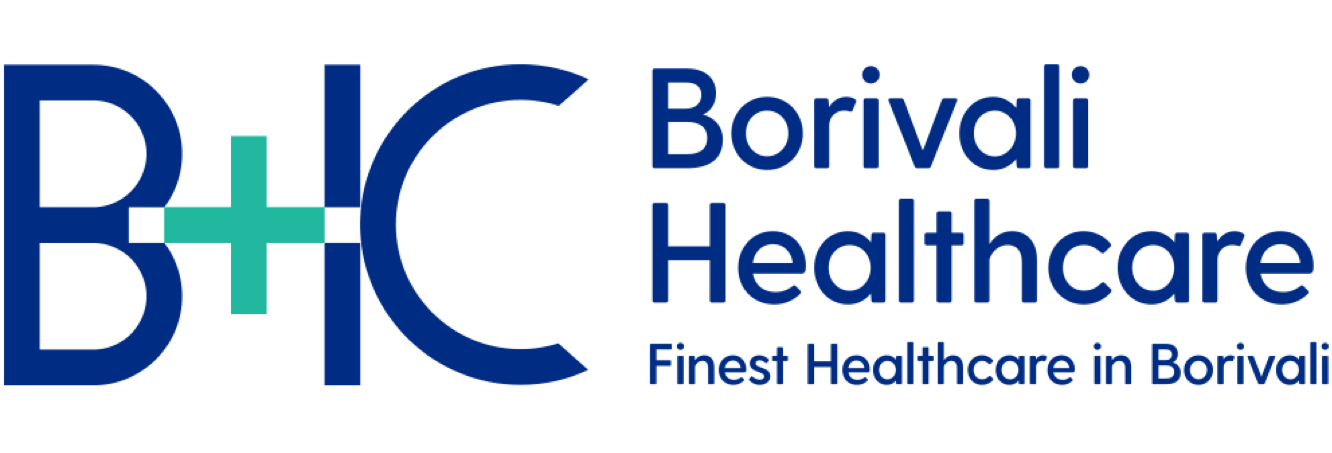
Feeding and Nutrition in the ICU: A Comprehensive Guide
Proper nutrition is a critical component of care for patients in the Intensive Care Unit (ICU). Malnutrition in critically ill patients can lead to impaired immune function, delayed wound healing, muscle loss, and increased morbidity and mortality. Effective feeding strategies help improve patient outcomes and support recovery.
This blog explores the different methods of feeding ICU patients, nutritional requirements, monitoring, and potential complications.
Why Is Nutrition Important in the ICU?
Patients in the ICU often experience hypermetabolism and catabolism due to severe illness, trauma, or surgery. Inadequate nutrition can exacerbate muscle wasting, immune suppression, and prolonged hospitalization. Providing the right balance of macronutrients and micronutrients helps:
- Preserve lean body mass
- Support immune function
- Improve wound healing
- Reduce infection risks
- Enhance overall recover
Methods of Feeding in the ICU
1. Enteral Nutrition (EN) – The Preferred Method
Enteral Nutrition (EN) is the first-line approach for feeding ICU patients, as it maintains gut integrity and prevents bacterial translocation. It should be initiated within 24–48 hours if the patient is hemodynamically stable.
Types of Enteral Feeding
- Nasogastric (NG) Tube: This a tube that is inserted from nose & it goes into stomach through which we can give feeding in liquid form. Used for short-term feeding in patients with intact gastrointestinal (GI) function.
- Orogastric (OG) Tube: The same tube when inserted through mouth. Preferred for intubated patients to prevent nasal trauma.
- Nasojejunal (NJ) Tube: The tube when inserted from nose till Jejunum (2nd part of intestine). Used when gastric feeding is not tolerated due to delayed gastric emptying or risk of aspiration.
- Percutaneous Endoscopic Gastrostomy (PEG) Tube: Special tube when inerted into stomach from abdomen through an endoscopic procedure. For long-term feeding in patients unable to eat orally.
Feeding Techniques
- Continuous Feeding: Administered via a pump over 24 hours to improve tolerance in critically ill patients.
- Intermittent/Bolus Feeding: Given at set intervals, used in stable patients with good tolerance.
- Trophic Feeding: Small-volume feeding to maintain gut function in hemodynamically unstable patients.
2. Parenteral Nutrition (PN) – When Enteral Feeding is Not Possible
Parenteral Nutrition (PN) is used when the GI tract is non-functional due to conditions like bowel obstruction, severe ileus, or ischemic gut. It is delivered intravenously, bypassing the digestive system.
Types of Parenteral Nutrition
- Total Parenteral Nutrition (TPN): Provides complete nutrition intravenously, requiring a central venous catheter.
- Partial Parenteral Nutrition (PPN): Supplements enteral or oral intake via a peripheral vein.
PN is usually initiated after 5–7 days if EN is not feasible. However, in severely malnourished patients, it may be started earlier.
Nutritional Requirements in Critically Ill Patients
Nutritional goals should be individualized based on the patient’s condition, metabolic rate, and body weight.
- Caloric Needs: 25–30 kcal/kg/day
- Protein Needs: 1.2–2.0 g/kg/day (higher in hypercatabolic states like burns or sepsis)
- Fat: 20–30% of total calories
- Carbohydrates: 50–60% of total calories
- Fluids: Adjusted based on hydration status, renal function, and electrolyte balance
Micronutrient supplementation, including vitamins and trace elements, is essential, especially in patients with deficiencies or high metabolic demands.
Monitoring and Adjusting Nutrition
Regular assessment of feeding tolerance and metabolic response is crucial. Monitoring includes:
- Gastrointestinal Tolerance: Check for nausea, vomiting, diarrhea, constipation, and gastric residual volumes.
- Blood Glucose Control: Target 140–180 mg/dL to prevent hyperglycemia-related complications.
- Electrolyte Balance: Monitor sodium, potassium, phosphorus, and magnesium to prevent imbalances like refeeding syndrome.
- Nitrogen Balance: Used to assess protein metabolism and adequacy of nutrition.
- Indirect Calorimetry: The gold standard for measuring energy expenditure and guiding caloric intake.
Complications of Feeding in the ICU
Despite the benefits, nutritional therapy in the ICU is associated with risks, including:
- Aspiration Pneumonia: Risk increases with delayed gastric emptying; elevating the head of the bed helps prevent it.
- Refeeding Syndrome: A life-threatening condition seen in malnourished patients when feeding is initiated too quickly, leading to electrolyte shifts.
- Hyperglycemia: Common in ICU patients; managed with insulin therapy.
- GI Intolerance: May present as diarrhea, bloating, or constipation; adjusting feeding rates and formulas can help.
- Catheter-Related Infections (PN): Strict aseptic technique is necessary to prevent bloodstream infections.
Nutrition is a cornerstone of ICU care, significantly impacting patient recovery and outcomes. Enteral nutrition is the preferred approach, with parenteral nutrition reserved for cases where EN is not feasible. Close monitoring, individualized nutrition plans, and a multidisciplinary approach involving intensivists, dietitians, and nurses ensure optimal patient care. By prioritizing proper feeding strategies, ICU teams can enhance survival rates and promote faster recovery in critically ill patients.


 Dr. Namrata Agrawal
Dr. Namrata Agrawal
